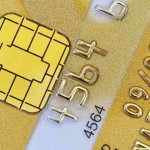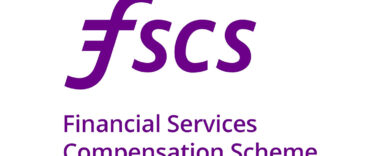1. After the 30th June 2011 the Cheque Guarantee Scheme will end. This means that issuing a cheque in payment for goods for services will not include a guarantee of payment. This decision was made following extensive consultations with businesses and customers.
2. In 2008, around one-third of guaranteed cheques were used in shops, one-sixth for bill payment (where guarantee is not essential but used more out of habit), the rest were used for a wide variety of purposes such as, person to person payments, paying tradesmen and payment of professional services.
3. The use of guaranteed cheques is in rapid decline with volumes declining by one-third in the last year and by 70% in the last 5 years.
4. Last year, just under 7% (95 million) of cheque transactions were supported by a cheque guarantee card.
5. Over a quarter of all debit cards do not have a guarantee functionality. Over 99% of all cheque guarantee cards in use are also either a debit or credit card, which obviously provides an alternative method of payment.
6. In 2008, losses totalling £43 million were reported as a result of cheque guarantee card misuse.
7. Most major high street retailers no longer accept cheques as a form of payment.
8. The average transaction value for a personal cheque is £267. The maximum level of cheque guarantee is £250, with 88% of all cards having a guarantee of £100 or less.
9. In the research carried out as part of the Payments Council review, only a quarter of all businesses said they had received a guaranteed cheque payment in the last 6 months.
10. The first UK cheque guarantee card was issued in 1969 with a limit of £30. The limit was increased to £50 in 1977 and subsequently to £100 or £250 at the issuing bank's discretion.
(source: UK Payments Administration Ltd.)
(Image: Michelle Meiklejohn / FreeDigitalPhotos.net)






